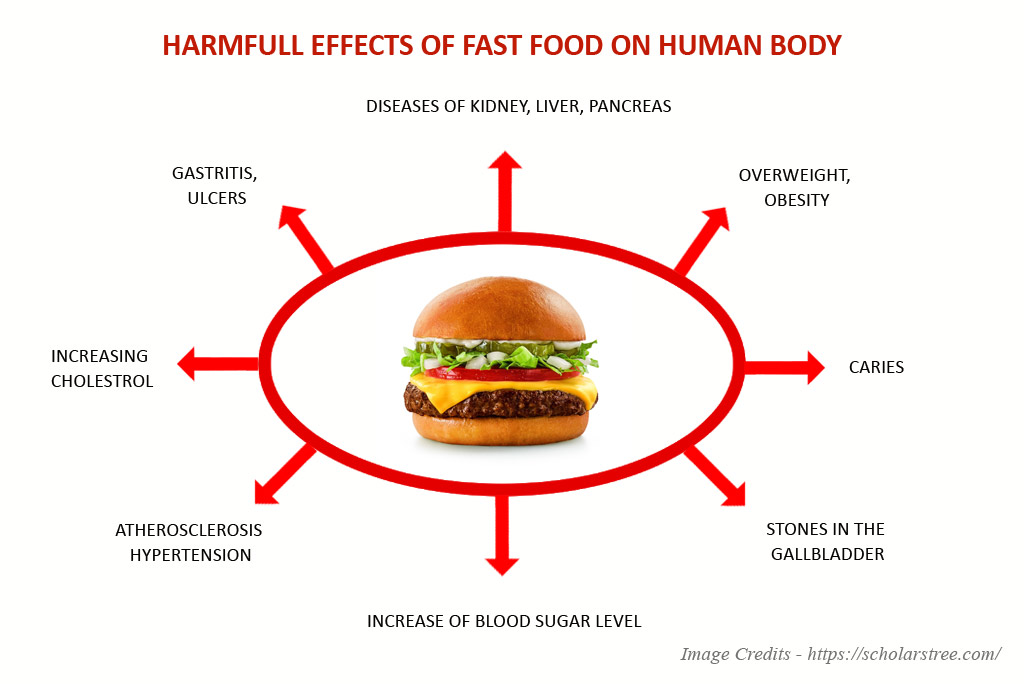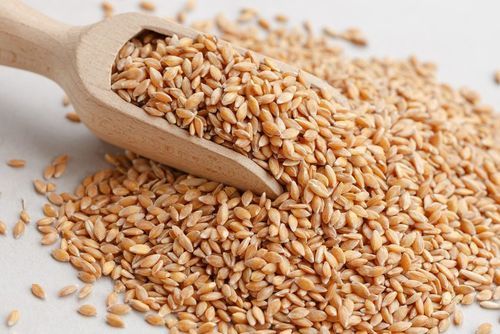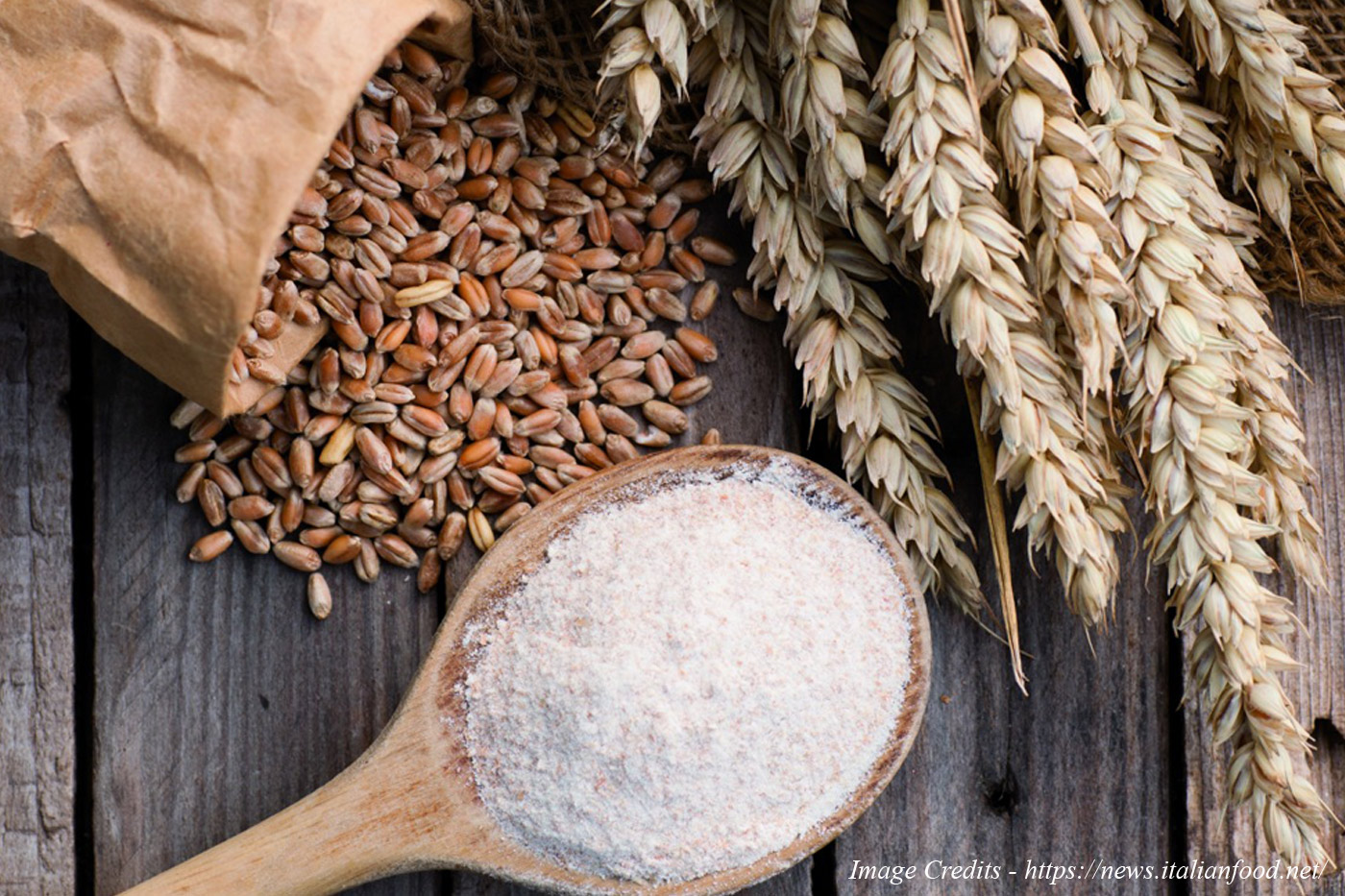Humans need a wide range of nutrients to lead a healthy and active life. For providing these nutrients, good nutrition or proper intake of food in relation to the body’s dietary needs is required. An adequate, well balanced diet combined with regular physical activity is a cornerstone of good health. Poor nutrition can lead to reduced immunity, increased susceptibility to disease, impaired physical and mental development, and reduced productivity. In India rapid urbanization/globalization, increased consumption of processed foods and changing lifestyles has led to a shift in dietary patterns. People are consuming more foods high in energy, fats, free sugars or salt/sodium, and many do not eat enough fruits, vegetables and dietary fibers such as whole grains. So, these all factors are contributing to an imbalanced eating.

Nutritional Value of Durum Wheat
The major food issues of concern are insufficient/ imbalanced intake of foods/nutrients. One of the most common nutritional problems of public health importance not only in India but also around the world are low birth weight, protein energy malnutrition in children, chronic energy deficiency in adults, micronutrient malnutrition and diet related non-communicable diseases. Health and nutrition are the most important contributory; one of the most used cereals worldwide is wheat.
To overcome this health issues durum wheat is coming up as life saver to the human king as it contains total carotene, protein, zinc, iron, and other valuable nutrients in balance form. These characteristics, along with its protein content and gluten strength, make it suitable for manufacturing diverse food products. Durum wheat that is the raw material that goes into our daily food items. Durum wheat (Triticum durum L.) is an economically important crop grown worldwide including India. It is being cultivated in 10 to 11% of world area and accounts about 8% of the total wheat production.
Durum Wheat Cultivation in India

In India it is been cultivated in Punjab, Malva regions, Sourastra and Kathiaward in Gujarat and Kota, Bundi, Jhalaward and Udaipur regions of Rajasthan, Bundalkhand region and west Maharastara from long time and its traditional food products like Bati, Bafla, Dalia, Churma, Lapsi, Upma etc are being consumed as staple food. International Centre for Agriculture Research in Dry Area- Food Legume Research Platform, (ICARDA-FLRP) situated at Amlaha is playing huge role in collaboration with India Agriculture Research institute and other National Research Centers by contributing high yielding, good quality durum genotypes to include in their breeding programs and improve the yield as well as quality characters of the Indian durum wheat.
In 1960s due to susceptibility to the rust and limited production the cultivation in India declined and farmers stopped growing durum wheat varieties. Now, due to the development of highly tolerant and high yielding varieties the area, production and productivity of durum wheat has increased day by day and central India is now called as a hub for the durum wheat, ICARDA-FLRP has contributed plenty of genotypes to the Indian Research Institute which in turn came out with high yielding and good quality durum wheat genotypes to fame central India as “Bowl” of durum wheat
It is one of the most durable and dependable crops after rice and maize and is grown under diverse agro-climatic conditions.
To overcome various health issues durum wheat is coming up as life saver to the human king as it contains total carotene, protein, zinc, iron, and other valuable nutrients in balance form.
Durum wheat contains total carotene, protein, zinc, iron, and other valuable nutrients in balance form. These characteristics, along with its protein content and gluten strength, make it suitable for manufacturing diverse food products.
In India, Durum wheat is been cultivated in Punjab, Malva regions, Sourastra and Kathiaward in Gujarat and Kota, Bundi, Jhalaward and Udaipur regions of Rajasthan, Bundalkhand region and west Maharastara from long time and its traditional food products like Bati, Bafla, Dalia, Churma, Lapsi, Upma etc are being consumed as staple food.





